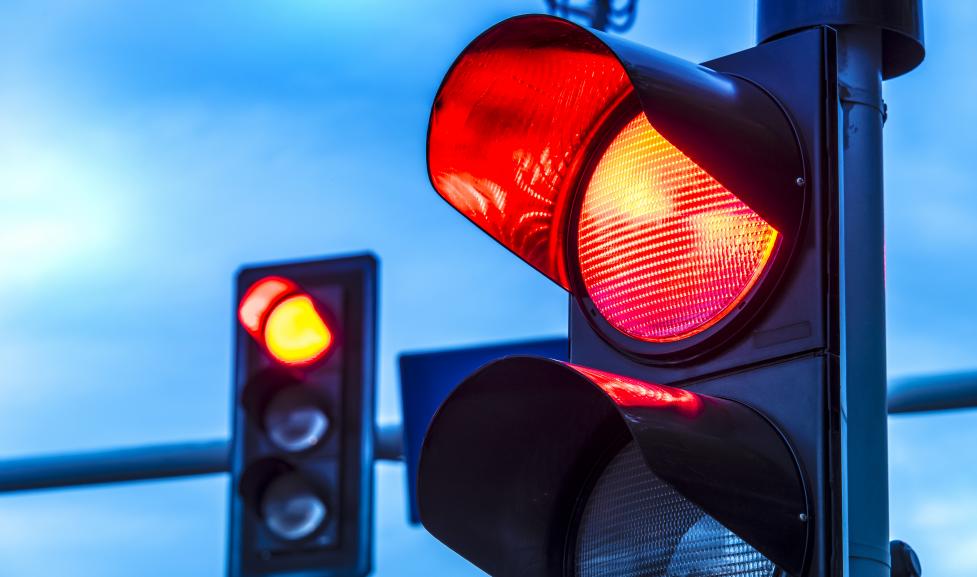The registered owner will be sent notice of the violation. The registered owner at that time may "nominate" the actual driver and the citation can be re-issued to you. The citation will not be dismissed simply because it was issued to a business or public agency. Most rental car agencies simply pay the citation and then charge the fine back to the person to whom the car was rented at the time the violation occurred. They frequently add an additional service fee.
If you were driving someone else's vehicle and believe you may have received a photo enforcement citation, you can call the Boulder Municipal Court at 303-441-1810 and ask if there is a citation for the license plate number of the vehicle you were driving for the relevant date and/or location.
If the citation is located, you can pay the citation and avoid additional fees or charges. Once the citation is paid, the case is closed. Alternatively, you can acknowledge that you were the driver of the vehicle and set the case for trial.
